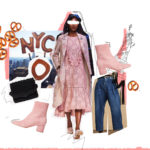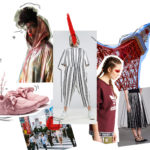- January 28, 2021
- FASHION + SHOPPING
Six Sustainable Textile Alternatives You Should Know About
From TENCEL to ECONYL and Piñatex…
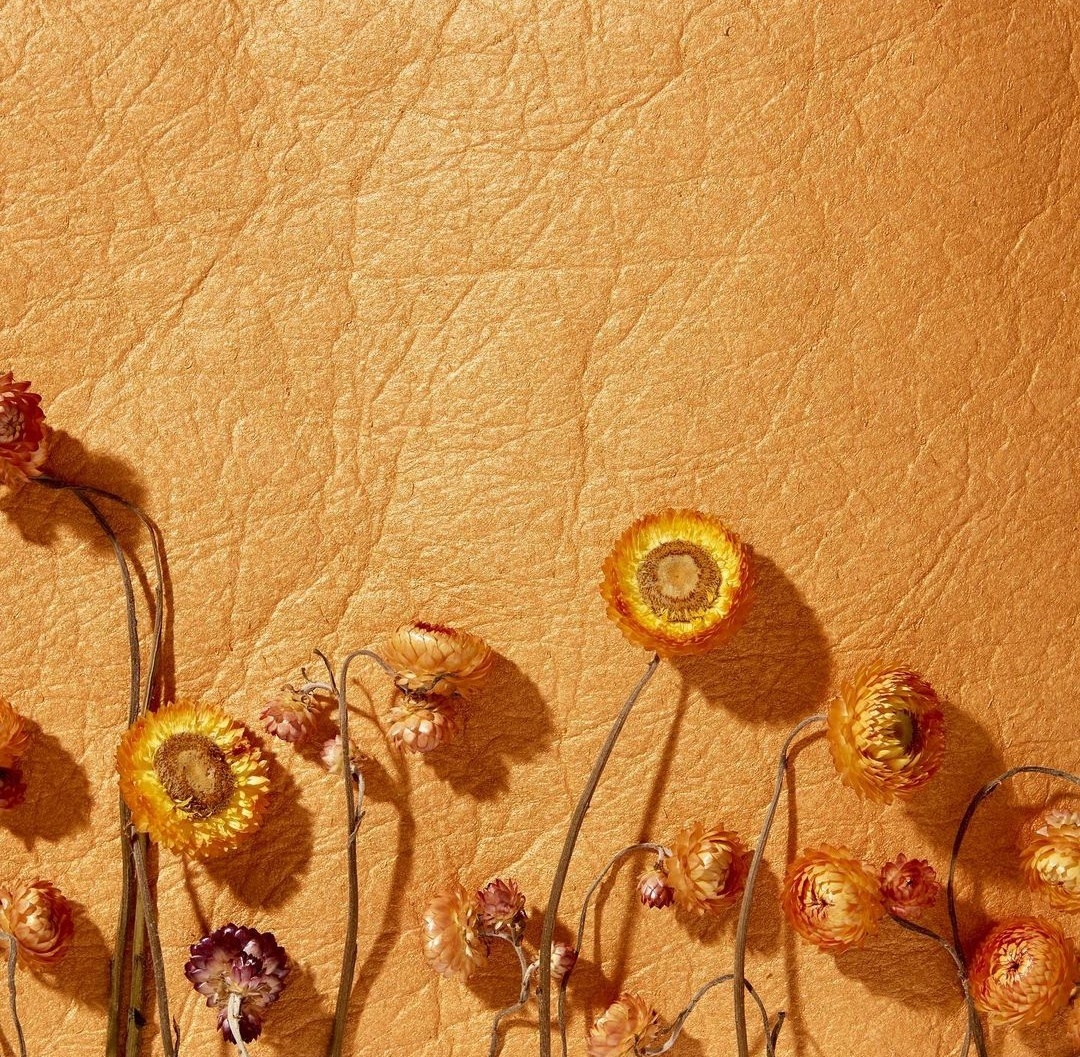
While mindful consumption is one part of the solution for fashion’s production/consumption and environmental issues, sustainable fabrics happen to be another central part of that solution. Though the subjectivity of the term ‘sustainable’ is implied for sustainable fabrics as well, they essentially help facilitate responsible production through waste reduction, water conservation, lowered carbon emissions, and/or soil regeneration. They can either be made from natural or lab-generated materials, but still, there isn’t one fabric that is entirely sustainable. Simply put, no fabric can do it all. And therefore, it becomes essential to keep a check on garment labels and have a little background information on these fabrics, especially with the growing popularity of sustainable fabrics, and greenwashing being a real deal.
Below, we have highlighted six sustainable textile alternatives that every fashion-forward person should know about and preferably use.
Organic Cotton & Hemp
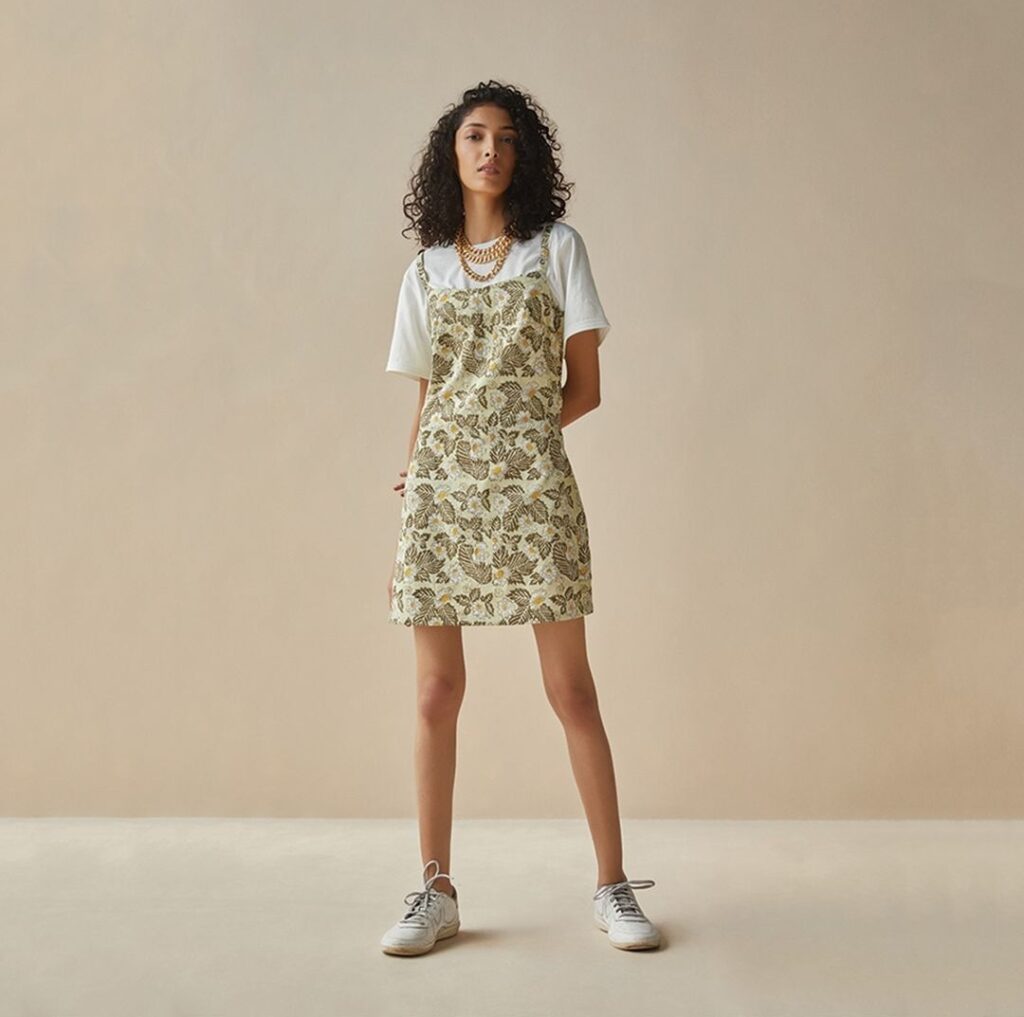
Organic cotton and hemp are two of the most commonly used sustainable textile alternatives in the fashion industry. While organic cotton simply implies that the cotton was harvested without any toxic pesticides, synthetic fertilizers, or genetically modified seeds, a foolproof way of ensuring that is to look out for certified organic cotton with GOTS (Global Organic Textile Standard) label on your clothes. And well, hemp is just a type of cannabis plant that is fast-growing, doesn’t exhaust the soil, and doesn’t require pesticides. It also creates a non-irritant, durable fabric that can often be used in place of cotton. You can likely find hemp being consistently used in the collections of quite a few homegrown brands like SUI, B Label by BOHECO, and Bhu:Sattva.
ECONYL

Created by Aquafil, ECONYL is regenerated nylon made using a closed-loop regeneration process from nylon waste recovered and recycled from discarded fishing nets, fabric scraps, carpet flooring, and industrial plastic. And it is exactly the same as brand new nylon, except it can be recycled, recreated, and remolded again and again, without ever losing its quality. Its infinite recyclability unleashes infinite possibilities for makers, creators, and consumers without using any new resources. Suitable for swimwear, activewear, outerwear, and accessories, it has caught the attention of luxury and independent brands alike. From The North Face X Gucci &Off The Grid Collection to Longchamp’s Green District range and The Summer House swimwear collection, you can find ECONYL everywhere. Oh! And then, there’s the Prada Re-Nylon collection that represents Prada’s commitment to sustainable and responsible practices by converting all Prada virgin nylon into Re-Nylon by the end of 2021, especially since nylon is an emblem of their brand DNA.
Mylo
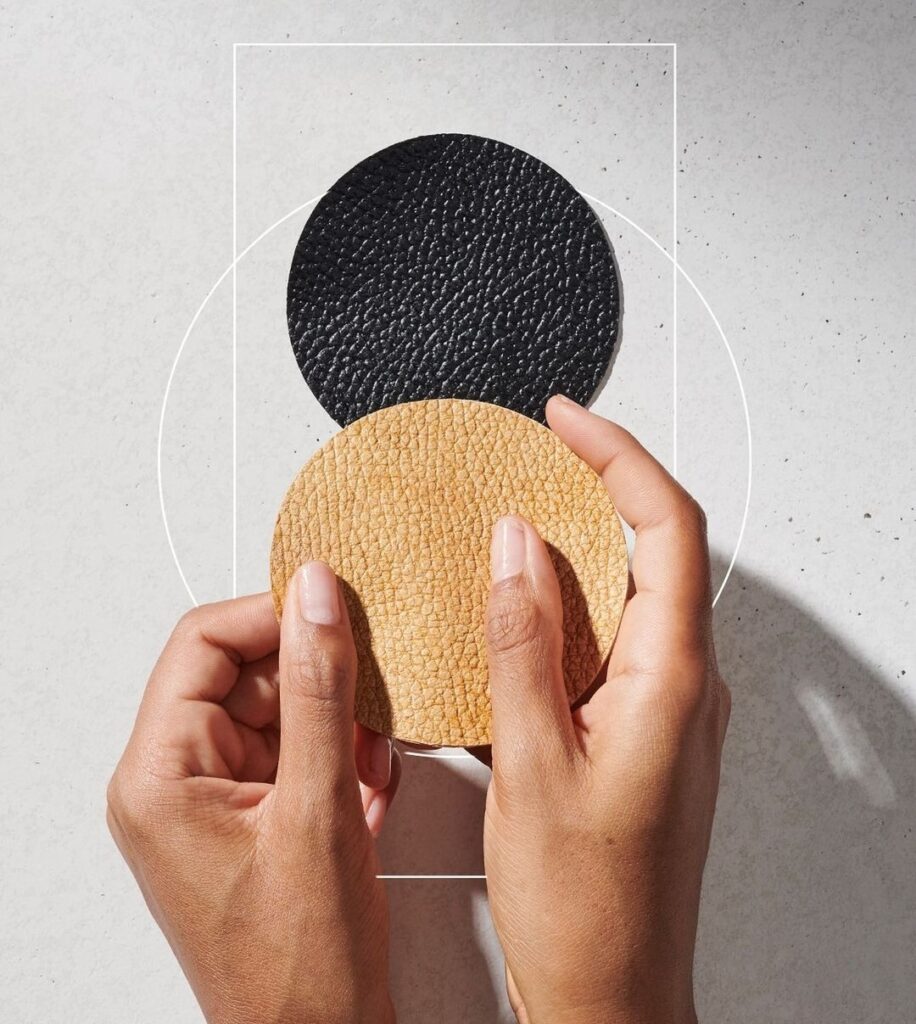
While vegan leather is climbing the stairs of popularity, there’s lab-generated leather getting ready to disrupt the entire industry. And Mylo from Bolt Threads is certainly leading this next generation of sustainable leather alternatives. It is produced by growing fungal/mycelia cells into mycelium (mushroom roots) on beds of renewable, organic matter and later, feeding it sawdust. This causes mycelium to transform into large sheets of foam which are then processed, tanned, and dyed into a soft and supple leather-like material. From working with an expert mushroom producer in the Netherlands to European tanneries with top sustainability certifications, Bolt Threads is ensuring mass production of Mylo with a highly efficient process and low environmental impact. And products made with this certified bio-based material will be available for purchase starting this year from the brands/companies under the Mylo consortium – Adidas, Kering, Lululemon, and Stella McCartney. To be honest, we can’t wait to see how these companies fuse their brand aesthetics with the allure of lab-generated leather.
TENCEL

An alternative to rayon viscose, lyocell is made from cellulose fibers that come from wood pulp derived from eucalyptus, beech, or oak wood chips. Though this super soft, durable fabric was invented in the 1970s, it reached worldwide recognition post its acquisition by Lenzing in 2004, who later coined the brand name ‘TENCEL’ for lyocell fabric. From being absorbent to being breathable, from being versatile to being compostable and bio-degradable – lyocell has many great strengths with deforestation being the only issue to consider since it is made from wood. And with its closed-loop forest-to-fabric production process and sourcing of wood and pulp from sustainably-managed forests and plantations that are PEFC (Program for the Endorsement of Forest Certification) certified, Lenzing ensures reduced carbon emissions and water impact compared to generic viscose production. So, when you go shopping next, look for TENCEL over viscose, which wouldn’t a problem with its expansive commercial availability. Even in India, we have many homegrown brands like AND, Global Desi, Nicobar, PAUSE, and Doodlage that use TENCEL in their collections.
Piñatex
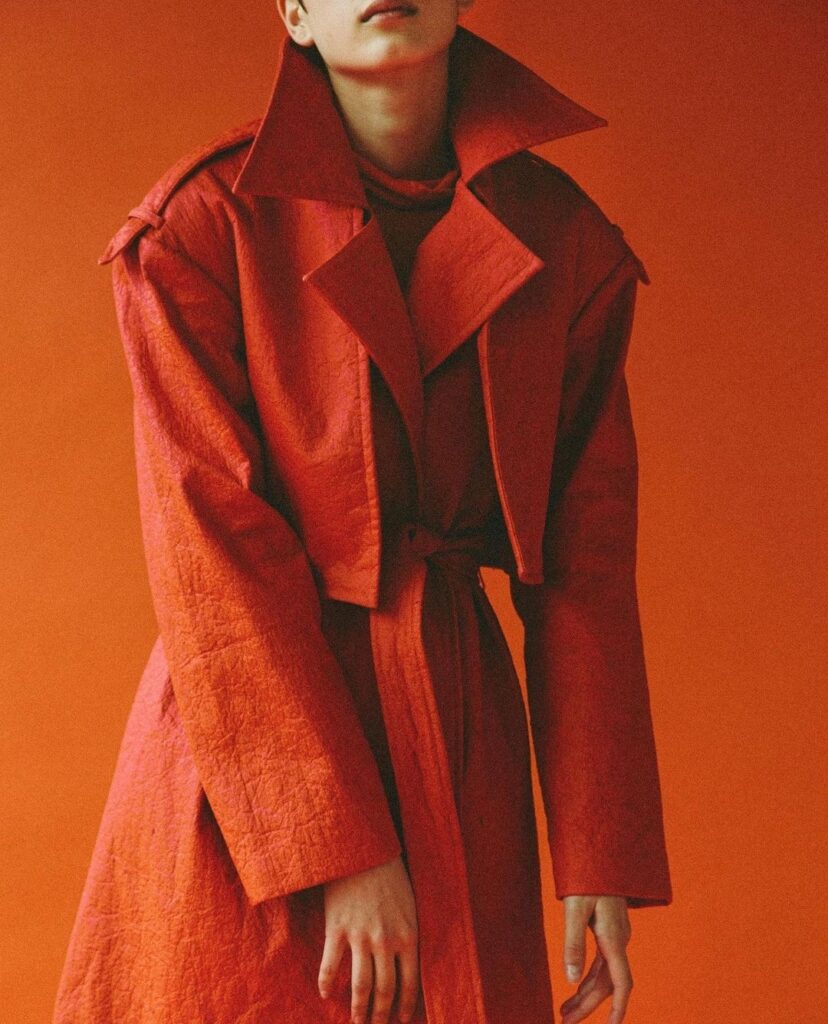
Launched in 2014 by Ananas Anam, Piñatex is one of the first plant-based leather-like fabrics on the market. It happens to be made from waste pineapple leaves, which are a by-product of the existing pineapple harvest. Therefore, no additional resources are required to produce the raw material, but the use of leftover leaves does create an additional income stream for farming communities (in the Philippines). Piñatex is commercially available for use across fashion, accessories, and upholstery and has been used by over a thousand brands worldwide with even Hugo Boss, Paul Smith, H&M (Conscious Collection), and the Hilton Hotel on that list. Though the Piñatex journey presents a qualitative and sustainable alternative to leather and pleather with low environmental impact and high social responsibility, the end product involves a synthetic coating finish, making Piñatex non-biodegradable. Nonetheless, it remains a better choice for a better future.
Karishma is a science nerd turned fashion and beauty writer who loves talking about trends as much as eating desserts. Gucci, salted caramel ice-cream, jewels, and Simba (her dog) make up four chambers of her heart. Like Karishma’s story? Drop her a line in the comments section below.

